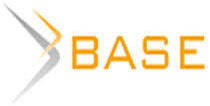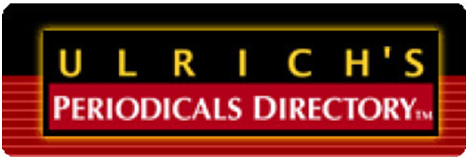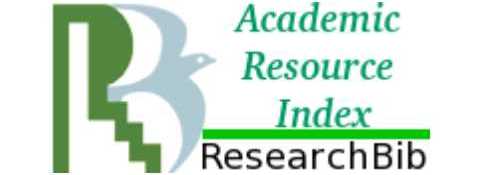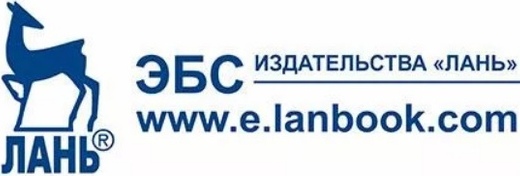Sports facilities as a basis for the development of mass sports
The commitment of the population to physical activity and sports in world practice is one of the key indicators of public policy and assessment of the quality of life of the population. Considering the geopolitical changes and changes in the macro environment, the focus has been shifted to the development of mass sports. The importance of the development of mass sports cannot be overestimated, since mass sports cover both life expectancy, health level, and the country's defense capability, education and patriotic upbringing. In order to develop mass sports, the state focuses on the creation of sports infrastructure. In modern conditions, it is not enough to simply build sports facilities, it is necessary to ensure that they are used and operated as efficiently as possible, in line with consumer requirements. This study is aimed at identifying the factors that have a key impact on the management of sports facilities as the basis for the development of mass sports. Statistical and comparative analysis, as well as a questionnaire survey of the population of several Russian regions, were chosen as the main methods of conducting the study. The survey of respondents was conducted from two directions: from the management system and from potential consumers of sports facilities services. During the study, four groups of factors were identified that have the greatest impact on the utilization of sports facilities and the efficiency of their operation: administrative barriers, management-related factors, visitor service-related factors and control and supervision factors. With the creation and effective operation of sports infrastructure, sports based on intersectoral connections can form new markets and new forms of functioning, including sports and creative clusters. The time has come, and favorable conditions are being created on the part of the state for the formation and improvement of domestic markets, as well as the development of new sports products using the Internet, innovations and digital platforms in an environment where previous technologies no longer meet the level of competition, including from related markets, and consumer demands.
Petrenko, E. S., Gureeva, M. V. (2024), “Sports facilities as a basis for the development of mass sports”, Research Result. Business and Service Technologies, 10 (2), pp. 92-101. DOI: 10.18413/2408-9346-2024-10-2-0-7
















While nobody left any comments to this publication.
You can be first.
Alekseev, S.V. Gostev, S.G., Kuramshin, Yu.F., Lotonenko, A.V., Lubysheva, L.I. and Filimonova, S.I. (2013), Physical culture and sports in the Russian Federation: new challenges of modernity, Theory and practice of physical culture and sport, Moscow, 780 p.
Alekseev, S.V., Belikov, A.M. and Druzhinin, S.V. (2022), “Organizational and legal problems of sports resource provision as the most important sphere of Russia's development”, Sports: economics, law, management, 2, pp. 3-16.
Dionigi, R.A. and Gard, M. (2018), Sport and Physical Activity across the Lifespan: Critical Perspectives, UK, Palgrave Macmillan.
Gerke, A., Woratschek, H. and Dickson, G. (2020), “How is value co-created in a sport business-to-business context?” Sports, Business and Management: An International Journa, Vol. 10, 4, pp. 403- 430.
Gipson, C., Bennett, H., Malcom, N. and Trahan, A. (2021), “Social Innovation and Fitness Sports: A Case of the CrossFit Movement in North America”, Social Innovation in Sport, Tjønndal, pp. 189-205.
Lubysheva, L.I. and Pashchenko, L.G. (2022), “Modern social contradictions of mass sports”, Teoriya I Pracktika Fizicheskoy Kultury, 9, pp. 3-5.
Matsyuk, E.S. (2020), “Problems state management of sports in the Russian Federation”, Problems of Science, 10 (58), pp. 52-55.
Milkevich, O.V., Sokolskaya, L.V., Butyakin, I.A. and Reznikov, A.A. (2022), “System of criteria and indicators for the development of mass sports”,Teoriya i Pracktika Fizicheskoy Kultury, 8, pp. 108-111.
Nemkovskaya, O.A. (2021), “The problem of measuring happiness, well-being and life satisfaction in modern science”, International Journal of Medicine and Psychology, 4 (6), pp. 110-117.
O'Connor, J. and Penney, D. (2021), “Informal sport and curriculum futures: An investigation of the knowledge, skills and understandings for participation and the possibilities for physical education”, European Physical Education Review, Vol. 27 (1), pp. 3–26.
Planidin, E.S. (2022), “Factors of influence on sports and recreational activity and its place in the structure of recreation of modern Russian youth”, Humanities of the South of Russia, 11(5), pp. 78-88.
Prokofiev, V.N., Akimova, K.V. and Myachin, A.L. (2021), “Research of indicators of the strategy of sports development in the regions of the Russian Federation”, Management in socio-economic systems, 3, pp. 50 - 57.
Topolewski, L. and Topolewska, K. (2020), “Impact of government sport – related spending on staying healthy and being physically active”, Journal of Physical Education and Sport, Vol. 20, Iss. 5, pp. 2932–2938.
Widawska-Stanisz, А. (2020), “Use of modern technologies as a tool to support measures promoting physical activity – differences according to the gender of respondents”, Journal of Physical Education and Sport, Vol. 20, Iss. 5, pp. 3002-3009.